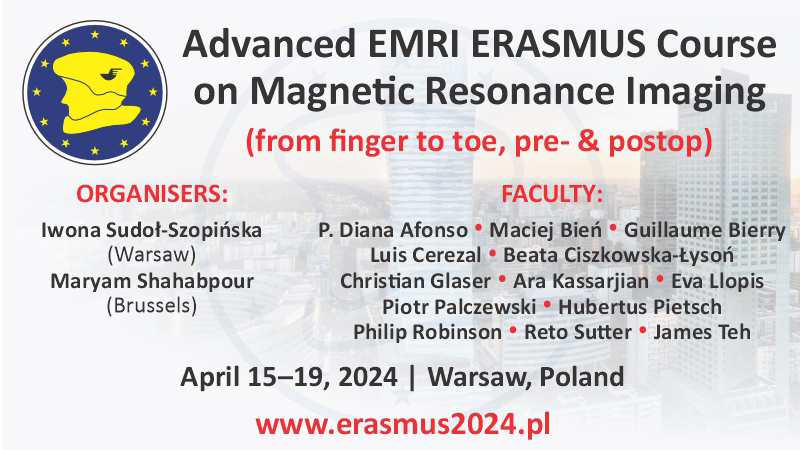Standards for the assessment of salivary glands – an update
Piotr Zajkowski1, Aleksandra Ochal-Choińska2
 Affiliation and address for correspondence
Affiliation and address for correspondenceThe paper is an update of 2011 Standards for Ultrasound Assessment of Salivary Glands, which were developed by the Polish Ultrasound Society. We have described current ultrasound technical requirements, assessment and measurement techniques as well as guidelines for ultrasound description. We have also discussed an ultrasound image of normal salivary glands as well as the most important pathologies, such as inflammation, sialosis, collagenosis, injuries and proliferative processes, with particular emphasis on lesions indicating high risk of malignancy. In acute bacterial inflammation, the salivary glands appear as hypoechoic, enlarged or normal-sized, with increased parenchymal flow. The echogenicity is significantly increased in viral infections. Degenerative lesions may be seen in chronic inflammations. Hyperechoic deposits with acoustic shadowing can be visualized in lithiasis. Parenchymal fibrosis is a dominant feature of sialosis. Sjögren syndrome produces different pictures of salivary gland parenchymal lesions at different stages of the disease. Pleomorphic adenomas are usually hypoechoic, well-defined and polycyclic in most cases. Warthin tumor usually presents as a hypoechoic, oval-shaped lesion with anechoic cystic spaces. Malignancies are characterized by blurred outlines, irregular shape, usually heterogeneous echogenicity and pathological neovascularization. The accompanying metastatic lesions are another indicator of malignancy, however, final diagnosis should be based on biopsy findings.






